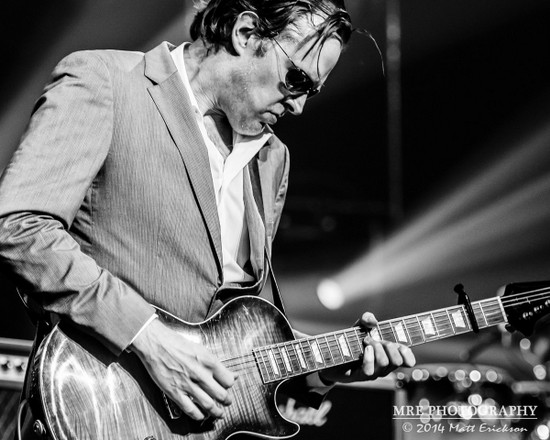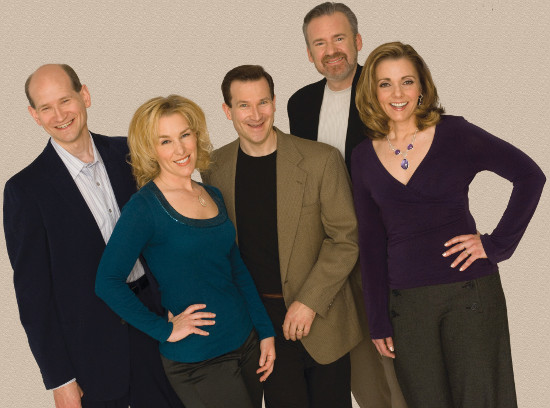 Listening wasn't enough. You had to be there to take it all in.
Listening wasn't enough. You had to be there to take it all in.
As one of the world's leading musicians, cellist Yo-Yo Ma is renowned for his compelling tone, masterful technique, and convincing musical storytelling. But on May 14 at the Adler Theatre with the Quad City Symphony, he demonstrated a key element that could only be experienced in the live performance: body language.
The special centennial-season concert was unparalleled for its depth of expression, precision playing, and warm sensitivity, especially in the second-half performance of Antonín Dvo?ák's Concerto in B Minor for Cello & Orchestra with Ma. And when the spotlight shone on the Quad City Sympony in the first half, the orchestra flexed its considerable dynamic and melodic muscles in no-holds-barred performances of Johannes Brahms' Academic Festival Overture and Pyotr Tchaikovsky's tuneful Romeo & Juliet Fantasy Overture, creating stark moments of volcanic intensity and radiant melodic shaping.












